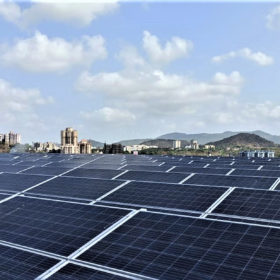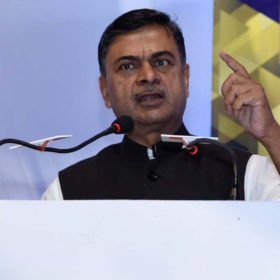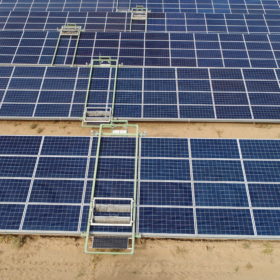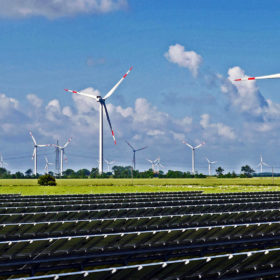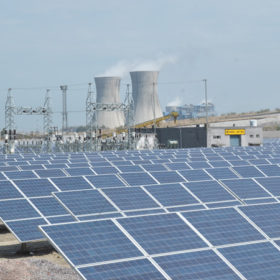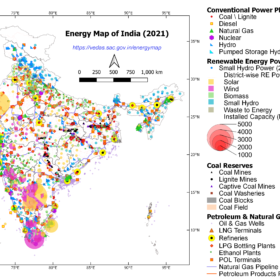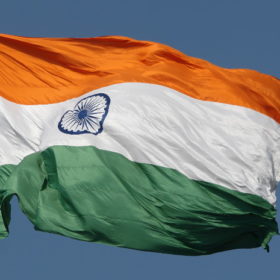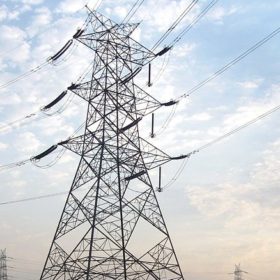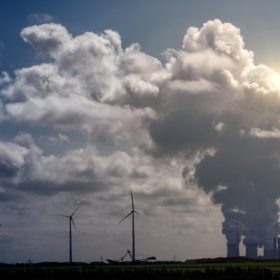Solar energy’s vital role in climate change mitigation
With solar taking a more significant portion of the energy and power mix, climate change can be significantly mitigated. Coal, for instance, is one of the dirtiest fuels, but makes up 70% of India’s power generation.
“Energy security of the nation can’t be achieved with renewables alone”: Power minister
RK Singh, union minister for power and new & renewable energy, stated recently that the dependence on coal-based generation is likely to continue till cost-effective energy storage solutions are available.
Lenders choose renewables over coal for second year in a row
In year 2022, solar, wind and hybrid project finance lending amounted to INR 18,577 crore ($2.36 billion). On the other hand, like in 2021, not a single coal power plant received such funding.
India could cut electricity costs by about 40% with transition to fully renewables-based power system by 2050
A new study by Finland’s Lappeenranta-Lahti University of Technology (LUT) shows a 100% renewable energy-based power system is technically possible and is the least-cost option for India in 2050.
Power ministry allows bundling of renewable to replace thermal power under existing PPAs
The gains from the bundling of cheaper renewable energy with high-cost thermal will be shared between the generator and distribution companies on a 50:50 basis.
NITI Aayog launches geospatial energy map of India
The map attempts to identify and locate all primary and secondary sources of energy and their transportation/transmission networks to provide a comprehensive view of energy production and distribution in the country.
67.6 GW of excess coal-fired power capacity can be retired in India
A new report says India has an estimated 29% of the installed fossil fuel capacity in excess of what is required to meet its 2021 peak electricity demand. This 67.6 GW overcapacity, all coming from coal-fired plants, is costing around US$ 2.1 billion (INR 15,780 crore) annually in fixed operating and maintenance costs.
ICRA improves energy demand outlook for FY2022
The ratings agency expects the energy demand in FY 2021-22 to grow by 8-8.5%. While the increased energy demand will improve the thermal plant load factor (PLF) level, this sector outlook remains negative as the PLF level will remain below 60%.
Prioritizing efficient plants in coal power dispatch could save INR 9,000 crore annually
A new report proposes a scenario that prioritizes efficiency over variable costs in India’s coal power dispatch mechanism. It goes on to estimate the efficiency improvements and cost savings achieved in this scenario.
Electricity demand in India to grow at 6% in FY2022
Ratings agency ICRA maintains a negative outlook for thermal power generation despite a rise in electricity demand. The thermal plant load factor will remain subdued at 57%. The gap between the average cost of supply and the average tariff for discoms is estimated at 70-75 paise per unit for FY2022.
